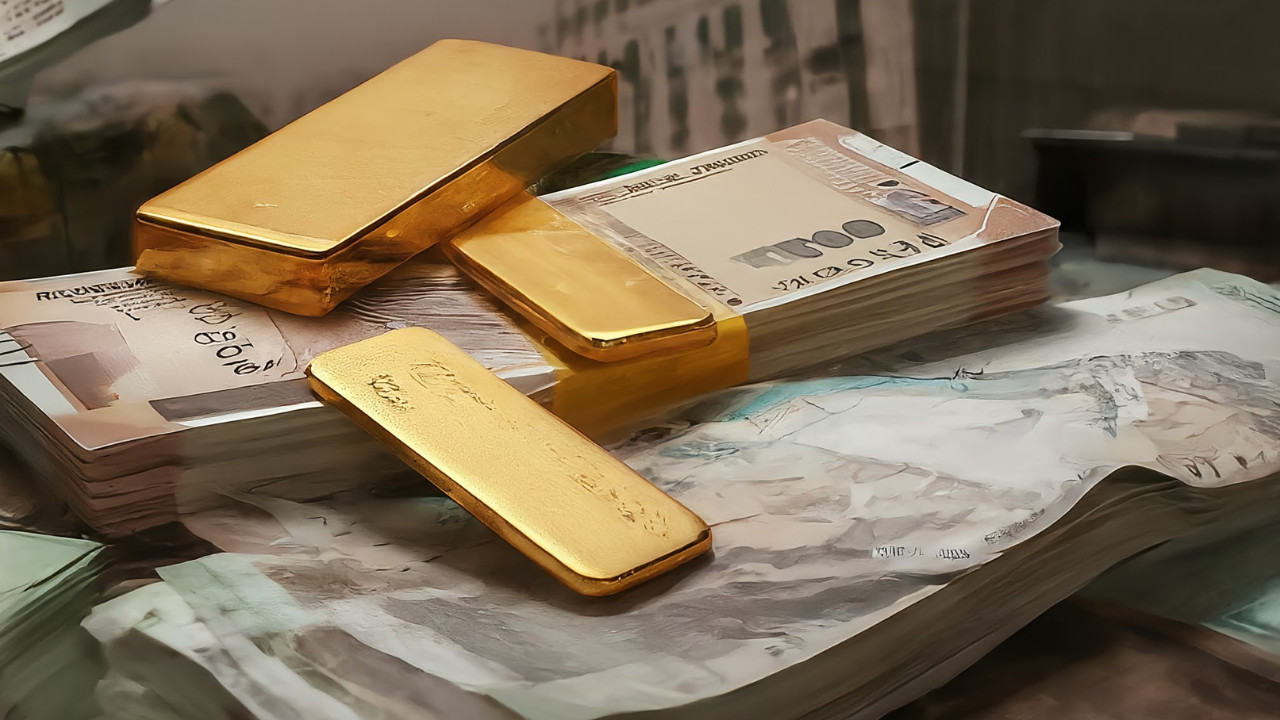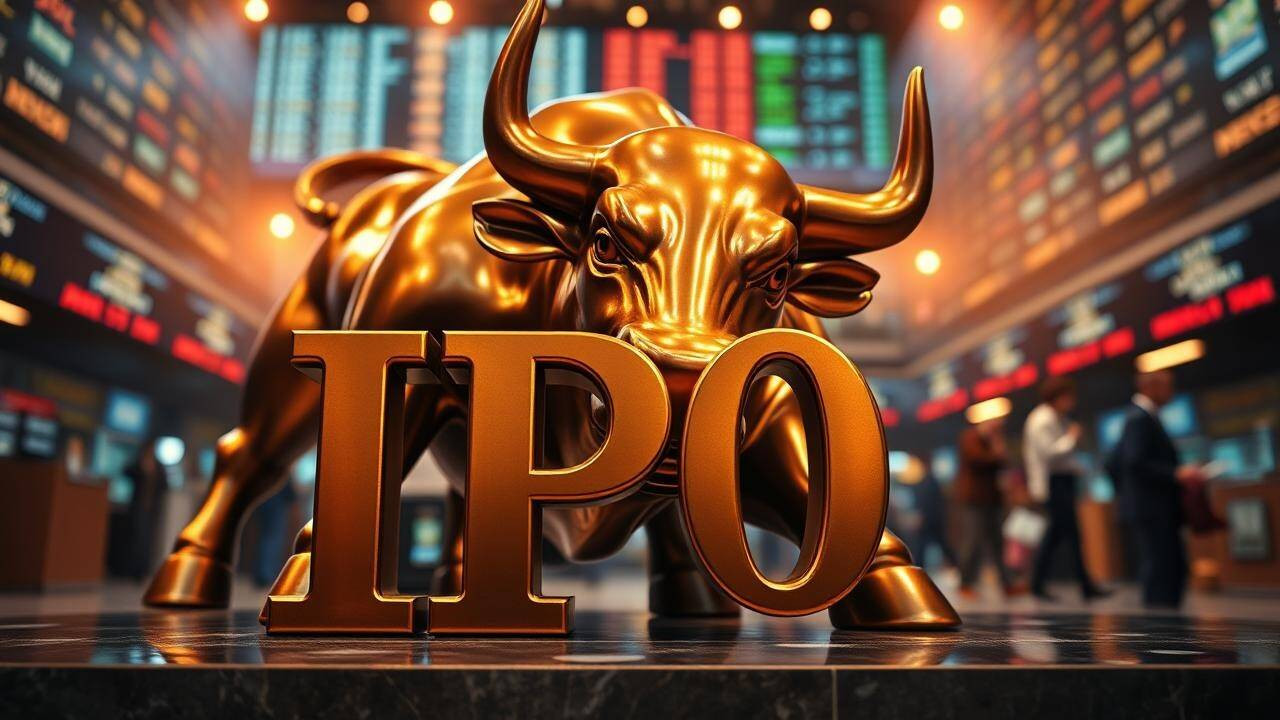India’s foreign exchange reserves experienced a further dip of $1.183 billion, settling at $695.489 billion by July 18, according to RBI data. This decline, marking the second consecutive weekly drop, was primarily driven by a decrease in foreign currency assets. However, gold reserves saw a rise of $150 million, reaching $84.
The Rupee’s Tightrope Walk: Understanding India’s Forex Reserves
India’s economic narrative is a vibrant tapestry woven with threads of growth, global trade, and carefully managed financial reserves. One crucial element often discussed – and sometimes fretted over – is the nation’s foreign exchange reserves. The latest figures are in, and they paint a picture of a market navigating choppy waters. The Reserve Bank of India (RBI) reported that the country’s forex reserves dipped by $1.18 billion, settling at $695.49 billion. This minor ebb comes after a period of relative stability and warrants a closer look at what’s driving these fluctuations and what they mean for the Indian economy.
While a decline might sound alarming at first glance, it’s crucial to remember that forex reserves aren’t meant to be static. They’re actively managed tools used to stabilize the rupee, manage external debt, and provide a buffer against economic shocks. Think of it like a financial shock absorber for the nation. So, what exactly is influencing this latest adjustment?
Decoding the Dip: What’s Impacting India’s Forex Reserves?
Several factors contribute to the ebb and flow of forex reserves. One major player is the RBI’s intervention in the currency market. When the rupee faces downward pressure (weakening against the dollar), the RBI steps in, selling dollars from its reserves to buy rupees. This action increases demand for the rupee, thereby bolstering its value. Conversely, when the rupee strengthens considerably, the RBI might buy dollars to prevent the currency from becoming overvalued, which could hurt exports. This constant calibration to maintain market equilibrium impacts the overall forex holdings.

The recent decrease likely reflects such intervention, suggesting that the RBI was actively managing the rupee’s exchange rate amidst global economic uncertainties. Fluctuations in global currency markets, geopolitical events, and changes in investor sentiment all play a role, creating a dynamic environment that requires constant vigilance.
Another influencing element, albeit one that showed a positive trend this period, is the value of gold holdings. Intriguingly, while the overall forex reserves declined, the value of India’s gold reserves actually increased by $150 million, reaching $57.21 billion. This increase in the valuation of gold offers a partial offset to the overall decline and highlights the role of gold as a safe-haven asset during times of economic uncertainty. Changes in special drawing rights (SDRs) and reserve positions with the International Monetary Fund (IMF) also contribute to the overall picture, though these factors had negligible impact in the recent readings.
Why Maintaining Healthy Forex Reserves Matters
So, why all the fuss about these reserves? They serve several critical functions. Firstly, they provide confidence to foreign investors. A healthy reserve balance signals that India has the capacity to meet its external obligations, making it a more attractive destination for foreign investment. This inflow of capital further fuels economic growth.
Secondly, as mentioned earlier, reserves act as a buffer against external shocks. In times of crisis, such as a sudden surge in oil prices or a global recession, these reserves can be deployed to stabilize the economy and prevent excessive volatility.
Thirdly, and perhaps most importantly, forex reserves empower the RBI to manage the exchange rate of the rupee effectively. This is crucial for maintaining price stability and ensuring the competitiveness of Indian exports. A stable and predictable exchange rate fosters a healthy business environment and promotes sustainable economic growth. To further understand the intricate workings of India’s financial landscape, delving into [recent changes in repo rates](internal-link-to-related-content) can offer valuable insights.
Navigating the Future: What’s Next for India’s Forex Position?
Predicting the future of forex reserves is always tricky, as it depends on a multitude of interconnected global and domestic factors. The trajectory of global interest rates, the performance of the Indian economy, and geopolitical developments will all play a role.
One thing is certain: the RBI will continue to actively manage these reserves, using them as a tool to navigate the complexities of the global economy and ensure the stability and resilience of the Indian financial system. Monitoring these figures and understanding the underlying drivers provides a valuable window into the health and direction of the Indian economy. The ebb and flow of India’s Forex Reserves is not merely a statistic, but a vital sign reflecting the nation’s economic pulse.







